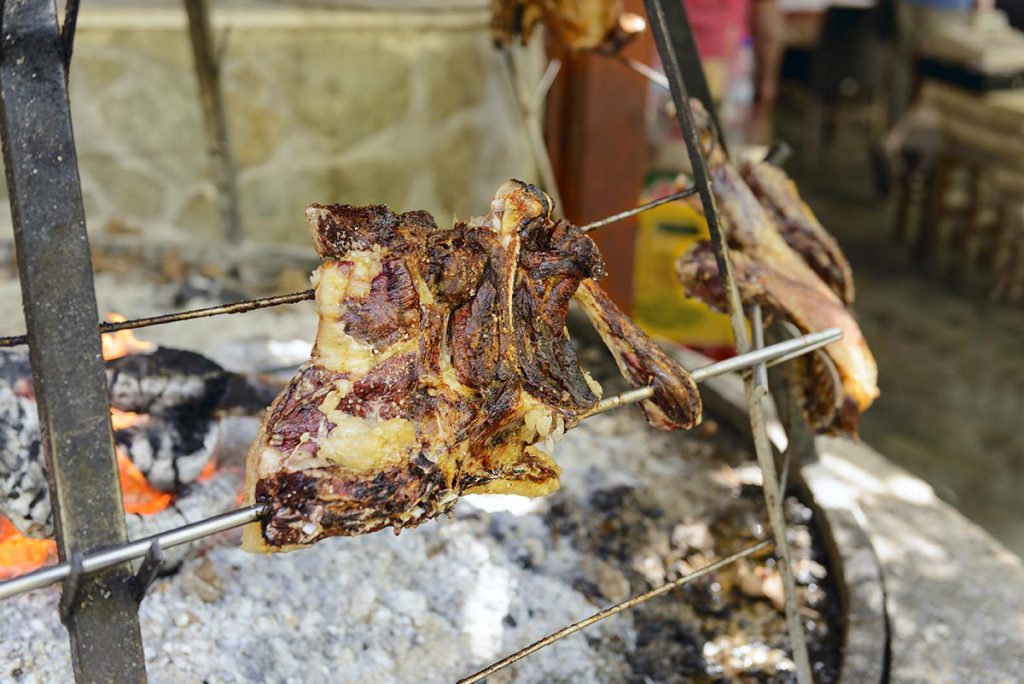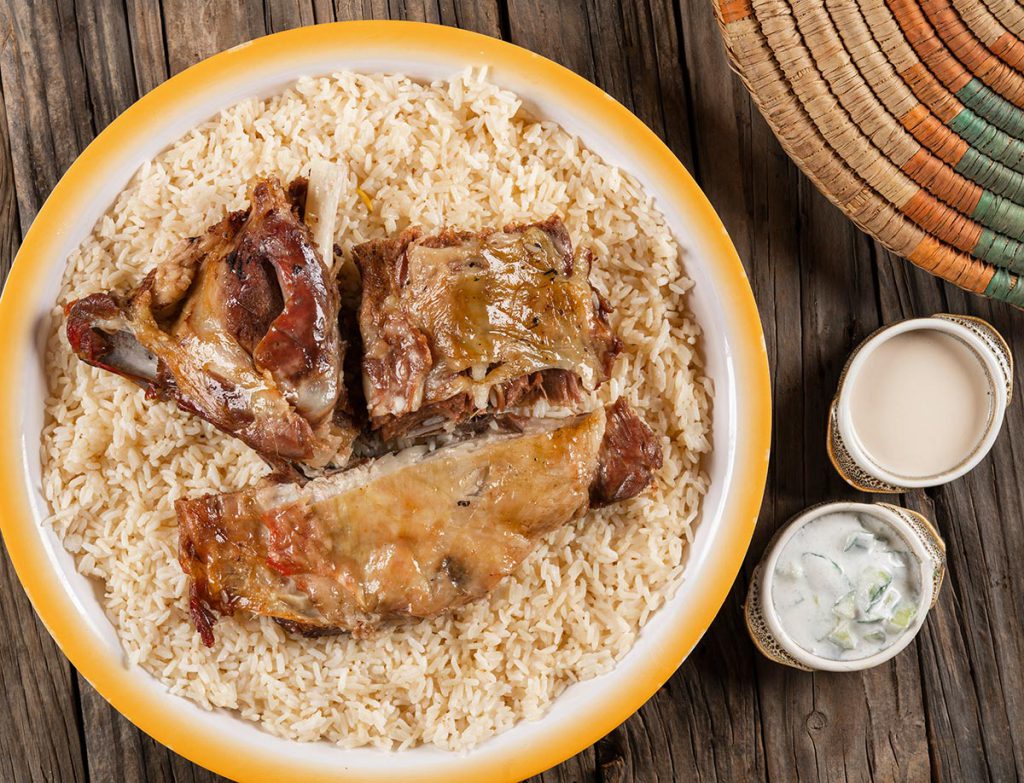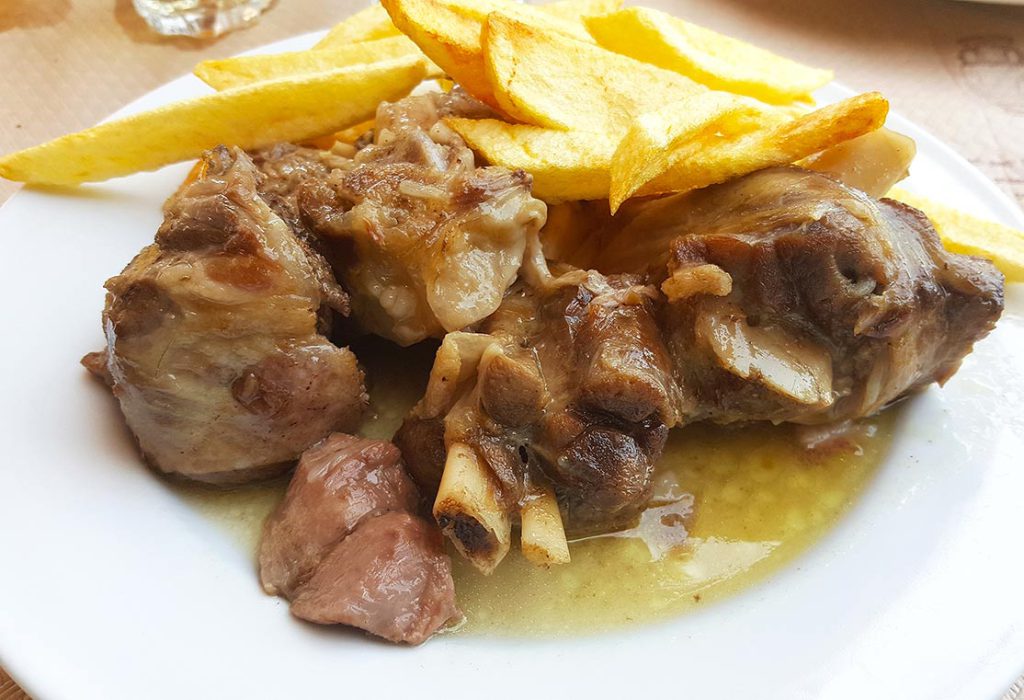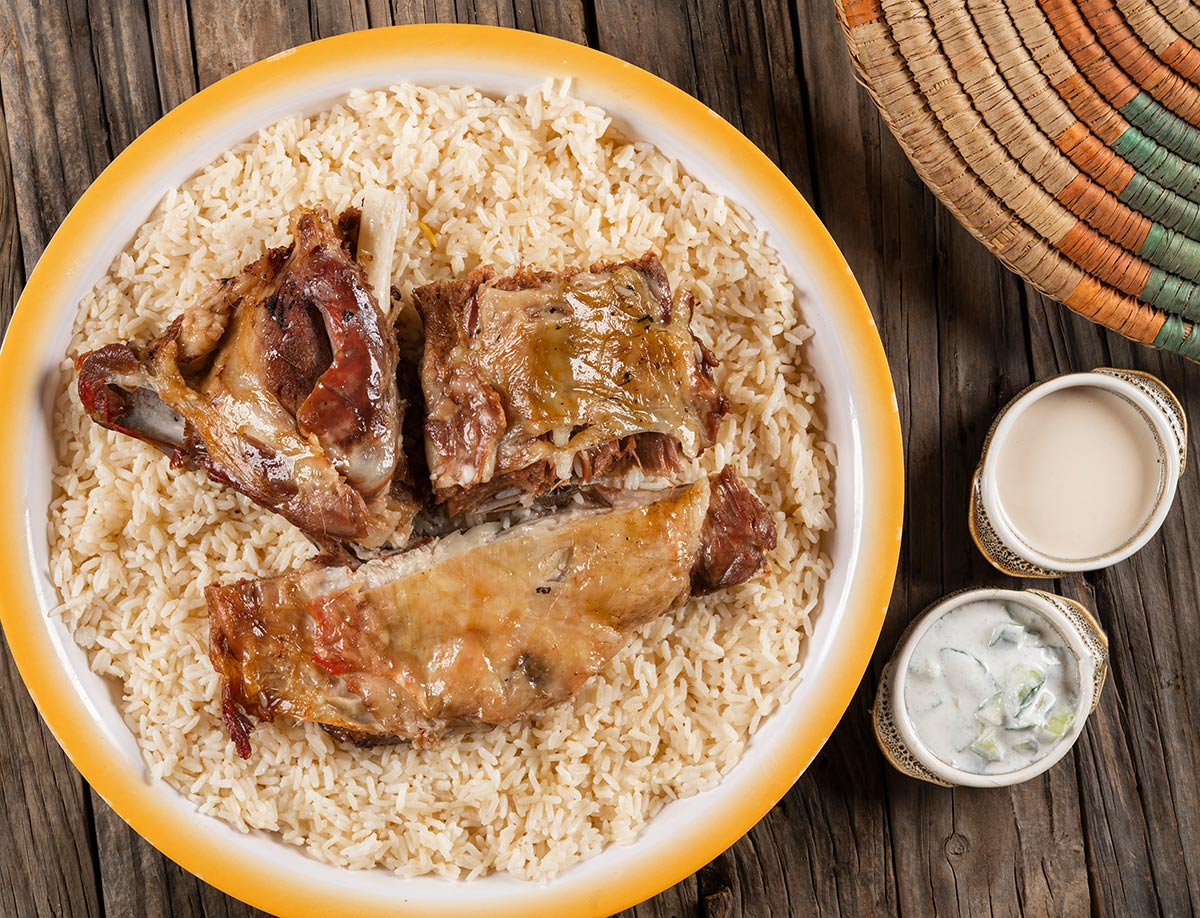Meat dishes are popular on the island, famous as the source of the Mediterranean Diet. Not every country in the Mediterranean region has a Mediterranean-style diet. Of all, Greece – more importantly, its largest island, Crete – is where you will find “the real” Mediterranean diet.
Cretans consume substantial amounts of olive oil and olives. Their diet also consists of
- fish – 1-2 times per week;
- dairy – yogurt and cheese, not so much milk;
- snails – an essential source of protein during Lent and not only;
- white meat – pork and chicken, weekly, usually in small quantities;
- cereals – rusks (paximadi) and rarely white bread, rice, and wheat;
- legumes and pulses – beans, lentils, peas – all essential in the Cretan diet;
- fruits and vegetables – in copious quantities, all locally sourced and seasonal;
- red meat – on rare occasions.
This diet has significant health benefits, and as a result, Cretans live longer, healthier lives than other populations around the world. According to the “Cretan Mediterranean diet for prevention of coronary heart disease” study, “a Cretan Mediterranean diet adapted to a Western population protected against coronary heart disease much more efficiently than did the prudent diet. Thus, it appears that the favourable life expectancy of the Cretans could be largely due to their diet.”
Although Cretans eat more fish, legumes, potatoes, and fresh fruit and vegetables, they still consume meat, and here are three traditional meat-based dishes you must try on the island.
Antikristo

Antikristo is the traditional way of roasting lamb or goat over an open fire. The term antikristo translates into English as “across the fire.” First, a whole lamb is cut into four pieces and salted. Then, each piece is placed on metal on wooden skewers around a bonfire.
Some publications describe this method as barbecue or grilling. It is none but more like cooking lamb on a spit. Antikristo has roots in ancient Crete, and the method allows for the meat to cook slowly in its juices. It will take the flavour from the wood used in the fire and salt.
The antikristo cooking process is lengthy – up to six hours; therefore, you will find it in specialty restaurants or rural restaurants that prepare it only on the weekends. Cretan villagers cook it too, on special occasions. If someone local invites you to the village for antikristo, you do not want to miss the experience.
Gamopilafo

Gamopilafo (also known as wedding rice) is a traditional Cretan pilaf dish you can cook at home if you want. The pilaf is fatty and creamy, with a citrus taste from the lemon juice used to finish it. Cretans use several types of meat in gamopilafo: veal, chicken, goat, and lamb. They boil the meat separately, then use the broth to cook the rice.
Ingredients:
- 1 kg. leg of lamb, cut into small pieces;
- 2 tablespoons olive oil;
- 1 medium-sized onion, coarsely chopped;
- 2 garlic cloves;
- 1 bay leaf;
- 1 sprig of fresh rosemary;
- 400 grams Arborio rice or round grain rice;
- 200 grams unsalted butter;
- lemon juice from half a lemon;
- salt and pepper to taste;
- enough water to cover the lamb;
Method:
- Place the meat into a large stockpot with enough water to cover it completely. Add the onion, garlic, rosemary, and bay leaf. Season with salt and pepper to taste and let it all simmer for a couple of hours over low heat until tender (falling off the bone).
- Remove the meat, onion, garlic, rosemary, and bay leaf from the broth, season with more salt and pepper if needed, and set aside to cool off. When cool enough to handle, strain it.
- Once the meat has cooled off, remove the bones, and set it aside.
- In a non-stick stockpot, add 400 grams of rice and one litre of broth. Bring to a boil, reduce the heat to low, cover, and simmer for 15-20 minutes. If you do not have enough broth, you can add some water.
- When the rice is ready and still hot, stir in the butter and lemon juice.
- Let the rice rest for about 10 minutes before serving: place the rice on plates and the meat on top.
Tsigariastó

Tsigariastó is another traditional Cretan dish you can cook at home. It is easier to prepare than gamopilafo but equally tasty.
Ingredients:
- 1 kg. leg of lamb (or goat);
- 200 ml. olive oil;
- 1 onion, finely diced;
- 2 garlic cloves, diced;
- freshly squeezed juice from two large lemons (about 100 ml.);
- salt and pepper to taste.
Method:
- Preheat the oil in a deep cast iron pot (or metal pot), add the onion and garlic and cook over low-to-medium heat until translucent.
- Add the meat and fry over medium heat on all sides until they turn golden brown.
- Season the meat with salt and pepper, add the lemon juice, reduce the heat to low, and let it simmer for two hours until it is tender enough to break with a fork.
- Serve the dish as is or with oven-roasted potatoes.
Crete has many other traditional meat dishes, but they are harder to fix at home. If you visit the island, go to a mountain village, and enjoy authentic local food not available in cookbooks or online.
